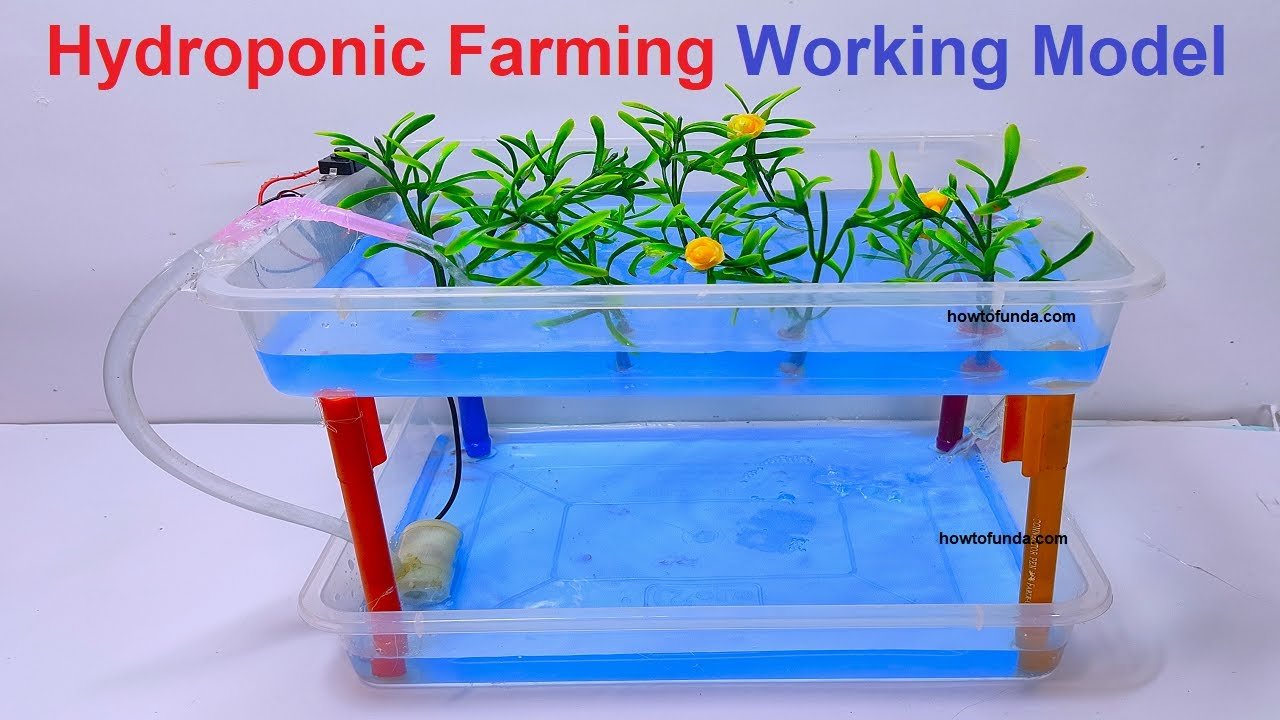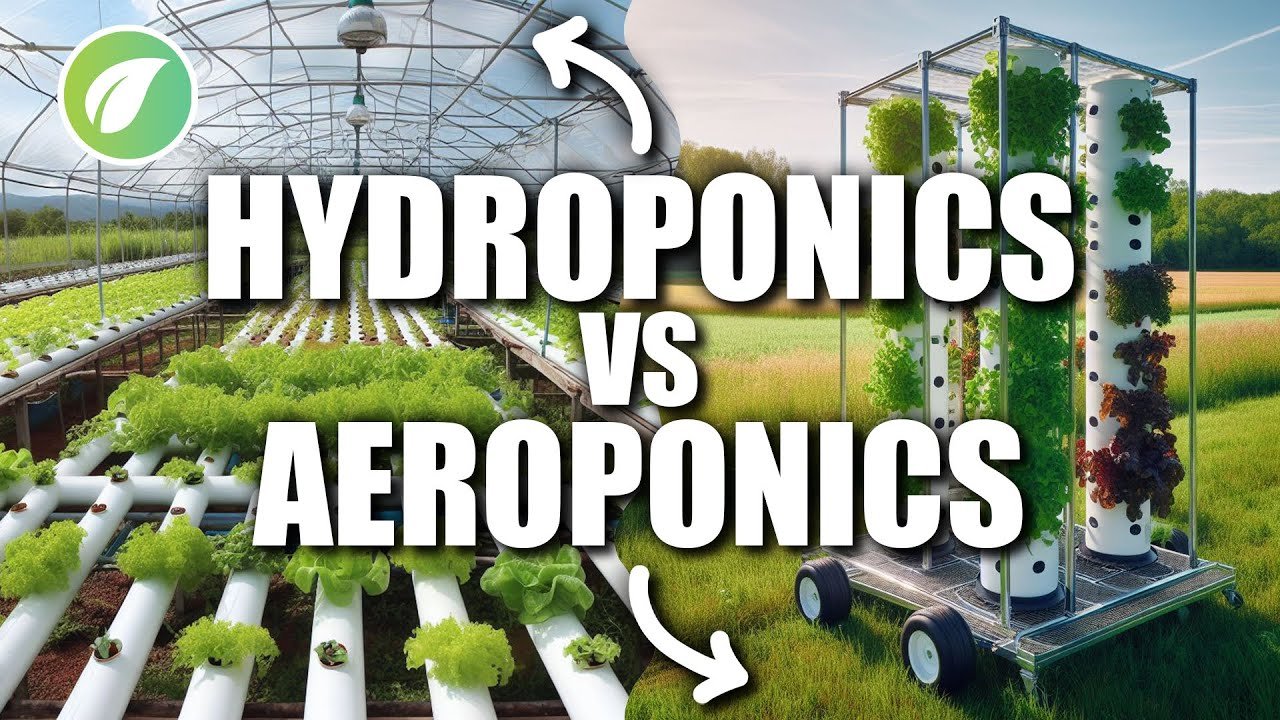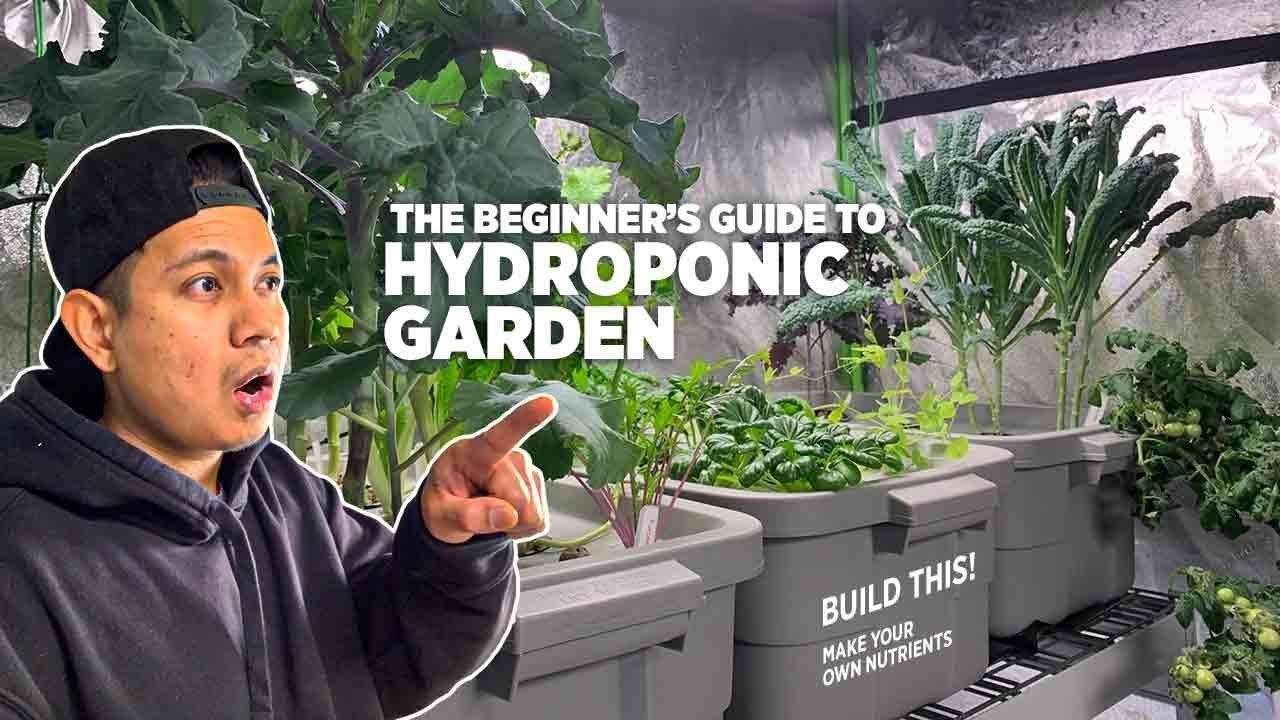The Wild Ride of Hydroponic pH Control: A Journey I Never Expected
There’s something about living in a small town that makes you crave a little bit of adventure. For me, that adventure came one summer afternoon while sipping iced tea on my back porch. The sun was high, the kids were playing in the yard, and I felt an urge to take on something outside of my normal routine. I had read about hydroponics—growing plants without soil—and I thought, “Why not build an aquaponics system? I can keep fish and grow veggies!”
I quickly set off on my quest, all fired up with a vision of lush greenery and little fish swimming about. I figured, how hard could it be? I had my old tools from the shed, some scrap wood, and a half-baked plan scribbled on the back of an envelope. It would be a “do-it-yourself” project with an adventurous twist—a living ecosystem right in my backyard!
The Design? A Tricky Puzzle
I started with the structure, using bits of lumber I had left from a previous fence project. I’d built it to withstand the harsh Midwest winters, so surely it could contain some water and cute little goldfish, right? With an old plastic storage tub repurposed as a fish tank and plastic tubes to create a nutrient-rich flow to the plants, I thought I was on my way to greatness.
But right off the bat, things started to take a turn. I scrounged up a small pump from our garage—one that had probably seen better days. After a quick test run, I felt like I’d nailed it. The pump sputtered to life, sending water similar to a high-pitched waterfall through my makeshift system. It was a miracle, or so I thought.
The Unwelcome Smell of Failure
Then, a few days in, I noticed something wasn’t quite right. The water started to smell. You know that odor—a mix of stagnant and something I’d rather not describe. Panic set in as I peered through the murky liquid trying to get a glimpse of my fish. At this point, I had chosen a few bright orange goldfish, thinking they’d thrive in this unique environment. Little did I know that uncontrolled pH levels in the water were about to turn my eco-dream into a bubble of despair.
After a bit of frantic Googling, I learned that the pH levels of the water had to be monitored closely. Otherwise, those fish were as good as toast. Back to the drawing board—I mean, back to the fishing aisle at the hardware store. I grabbed a pH testing kit, some calibration solutions, and a bottle of pH down.
I felt like a scientist peering into the depths of aquatic mystery, armed with little more than a test tube and a few vague instructions.
The Turning Point
Things started to perk up after I adjusted the pH levels. However, the moment was bittersweet. I could almost hear my fish sigh in relief—and then I remembered it was just my imagination. I was doing alright, but the roller coaster wasn’t over yet.
In a crazed attempt to balance things out, I ended up adding too much pH down one evening, and that’s when disaster struck. Fish started floating. Several of them met that perilous fate. It was heartbreaking—a surreal moment when I realized fish karma is real; you can’t just dip in and out of aquaponics and expect rainbows and sunshine.
Amid the Chaos, Unexpected Rewards
But, not all was lost. Even with my aquatic casualties, the plants—oh those miraculous green guys—started to thrive! I had set up basil and kale in a small net cup, and against all odds, they were thriving despite the chaos. The chaos that dethroned my goldfish was giving rise to lush greenery. “Maybe I’m not completely hopeless,” I thought.
Instead of drowning in failure, I found myself nurturing basil like a proud parent. I made fresh pesto that summer and gave my neighbors a taste. They’d drop by, marveling at the greenery and questioning how I managed this tiny slice of nature. I stared down at my lush, leafy creatures, realizing that while my fishkeeping skills had floundered, my gardening had flourished.
Lessons in Messiness
As summer rolled into fall, I bittersweetly dismantled the aquaponics setup, but not without a sense of accomplishment. I had battled through muddy water, disgusting smells, and plants that seemingly flourished against all odds. It was a wild ride, filled with highs and lows far exceeding my expectations.
Going forward, I realized that starting this project was less about having everything perfect and more about the willingness to learn from each misstep. It wasn’t just a lesson in hydroponics but in life.
The Warm Takeaway
It was messy, unpredictable, and definitely not textbook perfect, but isn’t that just the way of life? If you’re thinking about diving into something like this, don’t worry about getting it right the first time. Just start. You’ll figure it out along the way—maybe even stumble into some hidden successes you never expected.
And who knows? You might just create your own little slice of green heaven, or at the very least, produce some spectacular compost!
If you’re curious about the world of hydroponics and all its quirks, join the next session here: Join the next session. Let’s figure this out together!







Leave a Reply